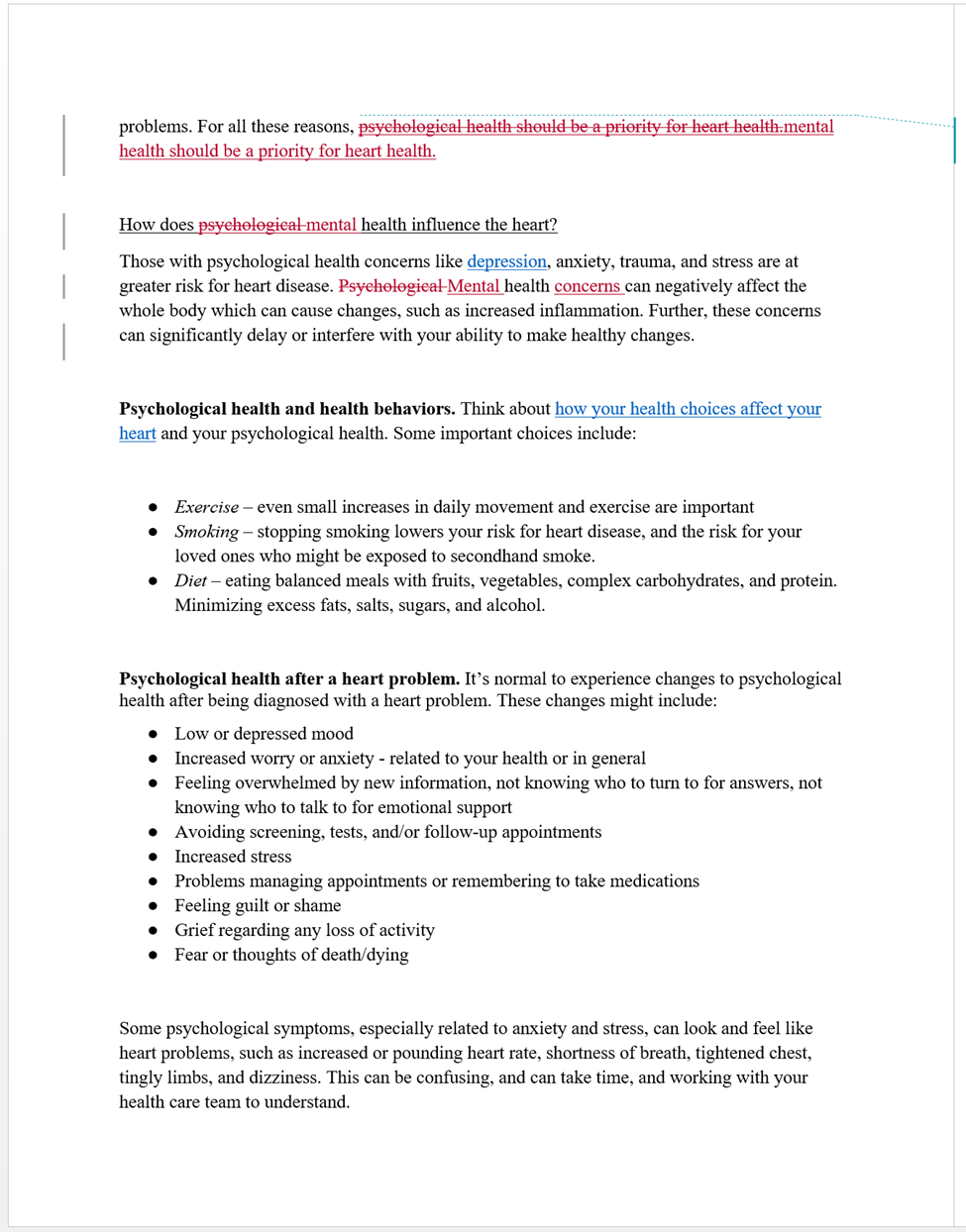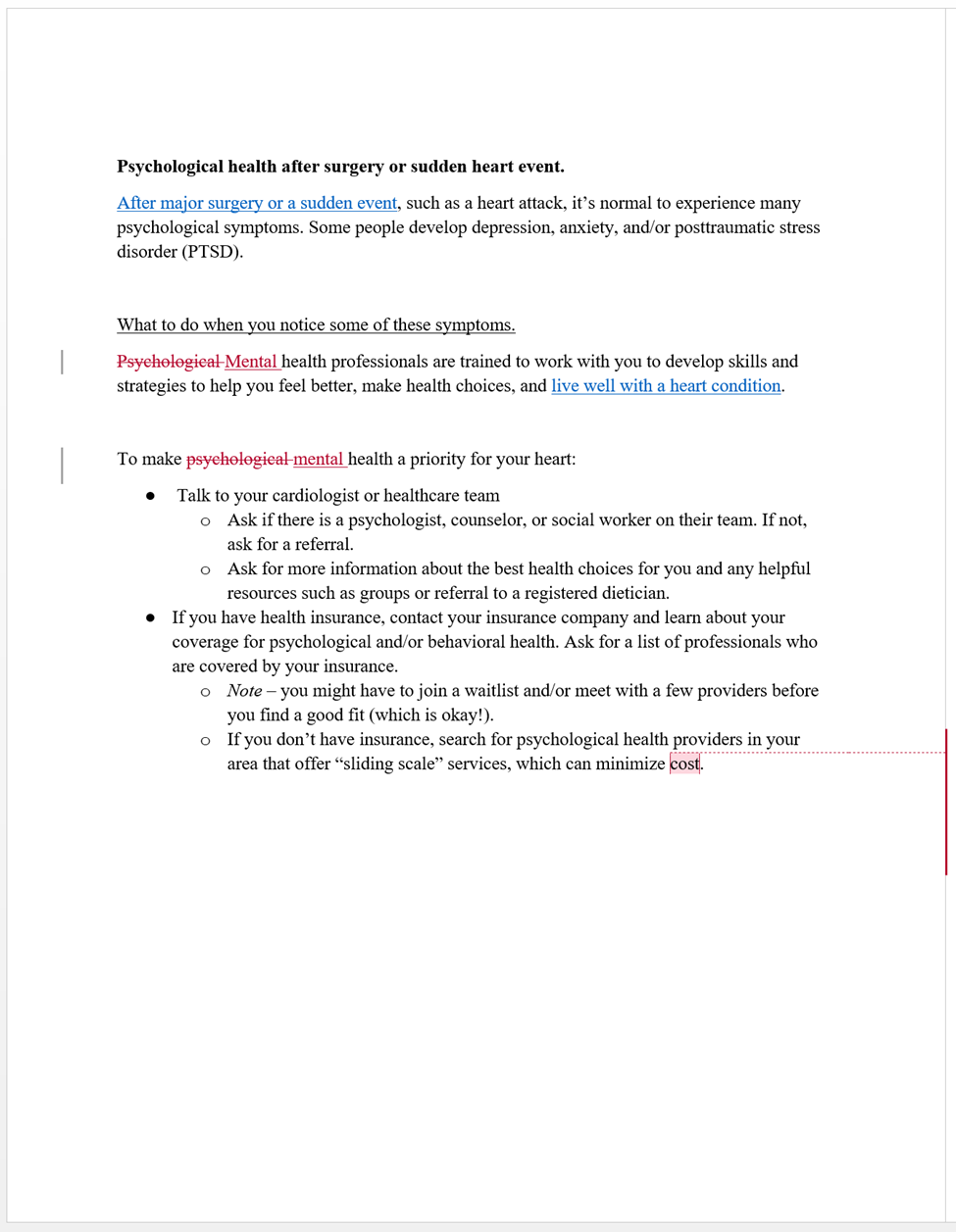Search Engine Optimization for Journal Articles: Best Practices for Driving Discoverability
Titles
A title should clearly and succinctly state the key finding or result of the paper.
Consider the increase in clarity when a paper originally titled: Modulation of low-frequency song syllable structure in a grassland bird in an energy infrastructure environment is revised to simply state the result: Sprague’s Pipits change their songs in the presence of oil well noise
Titles should be concise and make use of primary keywords.
Good examples:
- Maternal Diet and Other Factors Affecting Offspring Sex Ratio
- How to analyze linguistic change using Growth Curve Analysis and Generalized Additive Modeling
- Chord Context and Harmonic Function in Tonal Music
These titles are as short as they can be while still offering a clear indication of the topic and key terms.
Bad examples:
- A Comparative Study of Artificial Neural Networks Using Reinforcement Learning and Multidimensional Bayesian Classification Using Parzen Density Estimation for Identification of GC-EIMS Spectra of Partially Methylated Alditol Acetates on the World Wide Web
- 50 Years is Long Enough
The first title is far too lengthy, and while it certainly makes use of keywords, the apparent attempt to squeeze in as many terms as possible actually makes it less likely to be discovered in its intended context.
The second title includes no context clues whatsoever as to its subject matter.
Keywords and Abstracts
Keywords should clearly reflect the article’s content with search and discovery in mind.
When selecting keywords, imagine what terms might be entered into a search engine for it to return your article as a top result.
As a general rule, include 1-2 keywords in your title, 2-3 in the abstract, and 5-7 in keyword fields.
Repeat keywords in all three areas wherever possible. Think of the best 5-7 keywords to describe your article and rank them in order of primacy; the top one or two should appear in the title and the top three repeated within the abstract.
An example of an article that makes good use of keyword repetition in its title and abstract:
Title
Ultraviolet fluorescence discovered in New World flying squirrels (Glaucomys)
Abstract
Fluorescence of visible wavelengths under ultraviolet (UV) light has been previously detected in a wide range of birds, reptiles, and amphibians and a few marsupial mammals. Here, we report the discovery of vivid UV fluorescence of the pelage in Glaucomys, the New World flying squirrels. Fluorescence in varying intensities of pink was observed in females and males of all extant species (G. oregonensis, G. sabrinus, and G. volans) across all sampled geographic areas in North and Central America and a temporal range of 130 years. We observed fluorescence in museum specimens (n = 109) and wild individuals (n = 5) on both dorsal and ventral surfaces. The ecological significance of this trait in the nocturnal–crepuscular flying squirrels warrants further investigation.
Keywords
crepuscular, fluorescence, flying squirrels, Glaucomys oregonensis, Glaucomys sabrinus, Glaucomys volans, nocturnal, Sciuridae, ultraviolet


